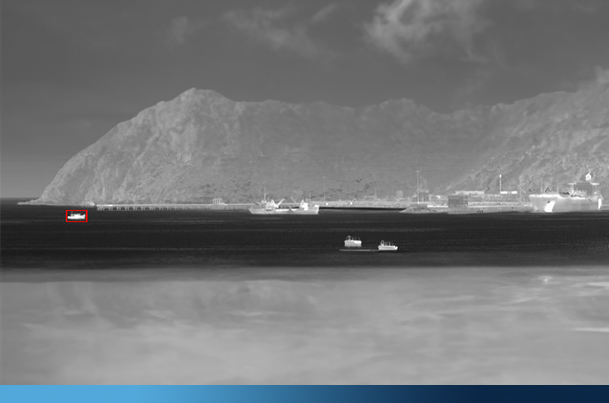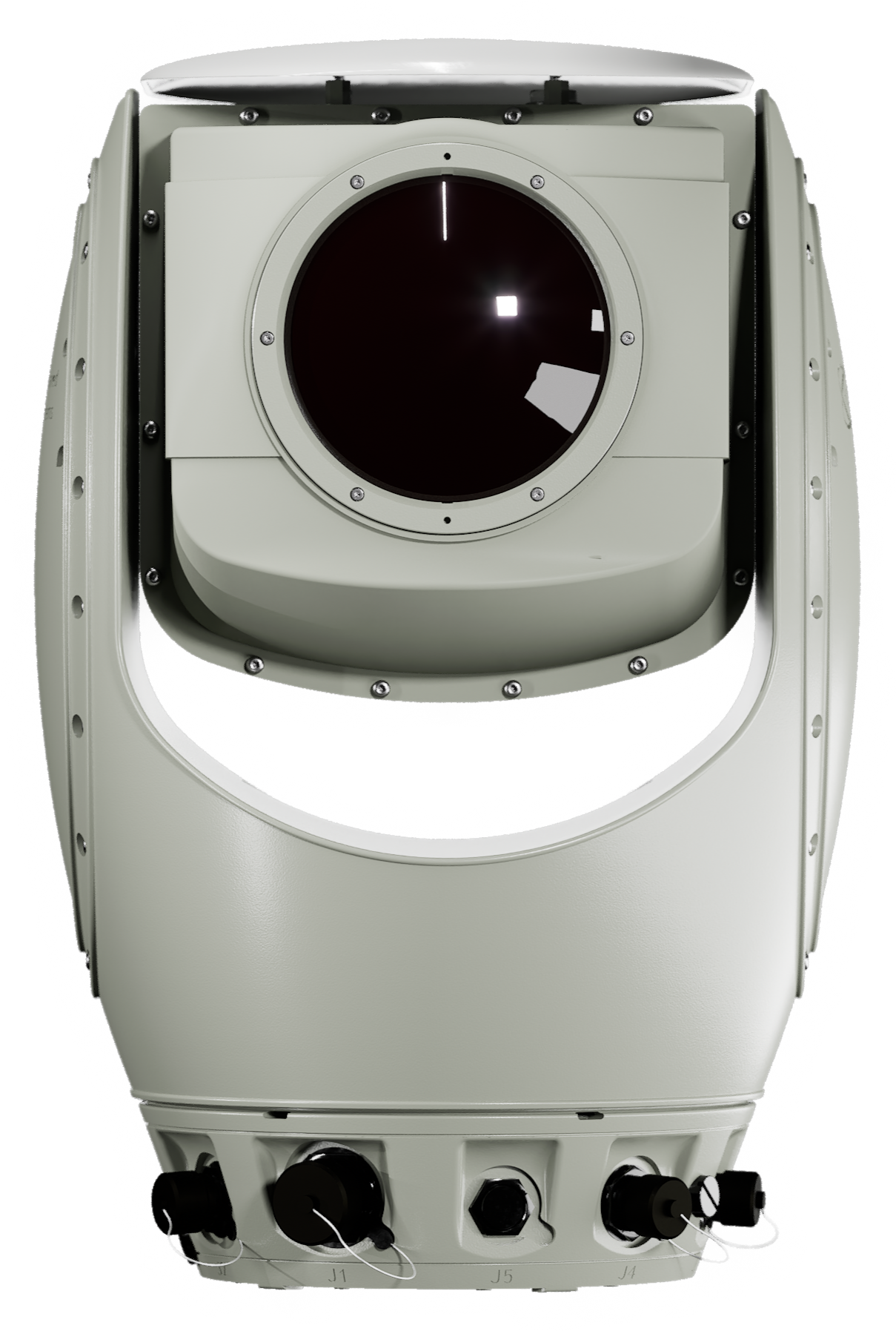- Home
- Security Applications
- Port Surveillance
Port Surveillance
Wide area surveillance of ports with SPYNEL 360 IR sensors
How to improve harbor surveillance?
Harbor Surveillance is a crucial challenge, encompassing not only national security but also the protection of people and property. Faced with a range of potential threats, the need for state-of-the-art surveillance systems that offer rapid detection and response has never been greater. In this context, thermal and electro-optical surveillance play a vital role.
Port Surveillance: Main Challenges
Navigating the waters of effective seaport surveillance comes with its own set of challenges in an ever-evolving maritime landscape. As vital hubs for global commerce and transportation, harbors face multifaceted threats that demand sophisticated monitoring and response systems.



Wide Area Monitoring
Utilizing security systems to ensure continuous and comprehensive surveillance of the entire harbor perimeter, including the opean seafront but also perimeter security on the land side.
Detection in all conditions
Need to provide night vision, effective surveillance even in low-light conditions crucial for 24/7 security.
Security system to be operational in salt water and fog environment.
Vessel Traffic Management
Supporting vessel traffic management within the harbor by offering a panoramic view of maritime activities, ensuring efficient navigation and reducing the risk of collisions.
Cargo and Facility Security
Safeguarding cargo and harbor facilities through continuous monitoring, enabling the detection of anomalies, unauthorized access, or potential security breaches.
Quick Response to Emergencies
Facilitating rapid response to emergencies by providing real-time visual information, allowing authorities to assess situations such as accidents or fires promptly.
Customs and Border Control
Supporting customs and border control operations by providing enhanced surveillance of vessels entering or leaving the harbor, assisting in the efficient management of maritime traffic and inspections.
Port Surveillance: Main Threats
Seaports, critical hubs of economic activity and international trade, are susceptible to a myriad of challenges that demand vigilant surveillance and strategic mitigation. From unauthorized access and smuggling to potential terrorist threats, understanding and addressing these risks are paramount for ensuring the safety, security, and resilience of harbors worldwide.


Unauthorised intrusions
Harbours are often targeted by individuals or groups seeking to infiltrate a country or engage in criminal activity. These intrusions can range from illegal migrants to organised criminals seeking to exploit security vulnerabilities for their own ends.
Smuggling
Ports serve as entry and exit points for millions of tonnes of goods. Smuggling, whether of drugs, weapons or stolen goods, represents a constant risk, requiring vigilance and thorough inspections to maintain the integrity of the port.
Terrorist activities
Maritime facilities can be prime targets for terrorist attacks because of their economic and symbolic importance. A successful attack can not only cause material damage and loss of life, but also seriously disrupt global supply chains.
Piracy
Although more common on the high seas, piracy can also occur in territorial waters. Ships at berth can be particularly vulnerable to theft or hostage-taking, requiring increased security.
Espionage
In a world of intense economic competition, industrial espionage can pose a serious threat. Gathering information on port operations, valuable cargo or military vessels can have serious implications for national security.
Ports Surveillance Solution
With Spynel Panoramic Infrared Cameras
HGH Infrared Systems has developed an innovative panoramic solution detecting and categorizing long-range threats. The SPYNEL infrared camera range protects any kind of critical infrastructures or military assets thanks to a 360° camera. Fully passive, the SPYNEL camera ensures real-time panoramic video and automatic detection, classification & tracking.
How to secure Ports?

Why Choose Spynel for Port Surveillance?
360° Infrared Imaging Technology
Infrared (IR) cameras are employed to capture thermal radiation emitted by objects, making them suitable for day and night surveillance. These cameras can detect and classify objects based on heat signature, enabling the detection of objects hardly detectable by radars such as stealthy targets having a low RCS.
Automatic Classification
Automatic classification of maritime and air targets thanks to deep learning algorithms. Fusion of the alarms with AIS signal (identify friend or foe).
Smart alarm filtering (speed, trajectory, size,…) and automatic response (screenshot, e-mail, video, etc…); Smart virtual fences
Easy integration with existing security systems
Multi-layer coastal surveillance with integration and fusion of radar alarms.
With Pan Tilt Zoom (PTZ) cameras.
With Search Lights and LRAD devices for counterreaction.
With navigational & monitoring software (Vessel Traffic Systesm – VTS).
Video Management System (VMS): ONVIF Profile S compliant.
Real-Time Monitoring and Rapid Response
Infrared cameras provide real-time monitoring, allowing for immediate response to security incidents. This capability is crucial for minimizing the impact of potential threats on critical infrastructure, enabling swift and effective countermeasures.
Reduced False Alarms
The advanced technology of infrared cameras significantly reduces false alarms commonly triggered by environmental factors like shadows, reflections, or moving vegetation. This enhances the accuracy and reliability of threat detection, minimizing the risk of unnecessary disruptions.
Data Storage and Retrieval
Recording and storage of the 360° scene enables later analysis and investigation. This historical data can be valuable for forensic purposes, incident analysis, and reporting.




